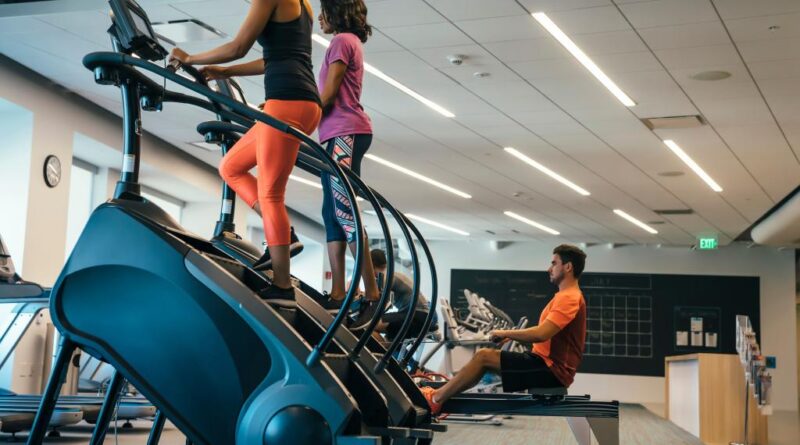Why resting during exercise can help you burn more calories: study
Stop more than lose more.
Researchers have recently discovered that resting during walking burns more calories than going from start to finish at an uninterrupted clip.
In the study, published in Proceedings of the Royal Society B, researchers measured the oxygen and energy requirements of participants who walked on a treadmill and used a stair climber.
Ten healthy volunteers were monitored while exercising at different speeds three times for periods of 10 seconds to four minutes.
The researchers recorded the level of oxygen consumed by each participant and the metabolic needs of each session. Experiments have found that climbing or walking for 10 to 30 seconds requires 60% more oxygen than walking the same distance without stopping.
Speaking about motor vehicles, Francesco Luciano, a researcher at the University of Milan and first author of the study, explained, “When we walk for a short time, we use more energy and use more oxygen to cover one distance. It’s like having a car that consumes more fuel the first few miles than the next.”
The team noted that the body needs more energy to warm up at the beginning of each trip and less energy as it progresses.
Luciano continued, “When we start moving, we may have fixed costs at the beginning of the war. By comparison, driving a car requires fuel to start the engine or to get the car out of the garage. We found that when we start to rest, more oxygen is used to start moving. We charge these costs regardless of whether we are traveling for 10 or 30 seconds, so they are weighted for short-term rather than long-term travel. ”
The team began this study after concluding that many estimates of the energy and oxygen demands of walking analyzed people who exercised at a stable metabolic rate, which they compared to a car. running in cruise control.
“Researchers often measure the energy required to walk in minutes. However, most people can’t even walk that long. Consider the elderly or people with mobility problems on foot.”
Their research supports other studies that have found short bursts of physical activity can significantly improve health and well-being.
As The Post reported, spending an “obnoxiously small” amount of money a day, as little as four minutes, can significantly reduce a person’s cancer risk, and two minutes of vigorous exercise can can reduce the risk of death by 18%.
Although the average American spends about nine hours sitting, a pattern that has been linked to an increased risk of dementia, obesity, heart disease and even death, just 22 minutes of moderate exercise to severe can reduce. the risk of negative health effects of sitting down.
The health benefits of daily walking are well established. From aiding digestion to boosting mood, getting your steps in is undoubtedly a step in the right direction.
Walking is a low-impact alternative to running or vigorous exercise. It works, it’s affordable, and it can help you live a long, rich life. Recent research has found that walking 5,000 steps three times a week for two years can add three years to a person’s life and reduce health care costs by 13%.
The researchers hope that their findings will help develop a rehabilitation and exercise program for those with limited mobility due to stroke risk or obesity, leading to methods that include more effective.
“If we want to design programs to promote physical activity or exercise for these people, we need to rethink how to estimate their energy needs and adapt. Understanding the energy needs of a person walking for a while can help us promote physical activity in a more inclusive way.”
#resting #exercise #burn #calories #study
